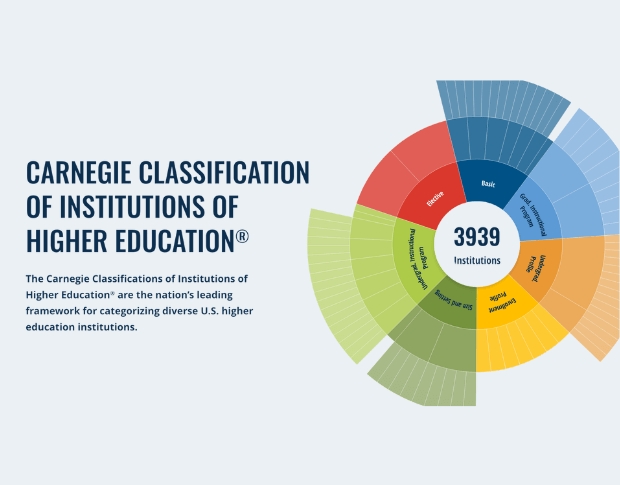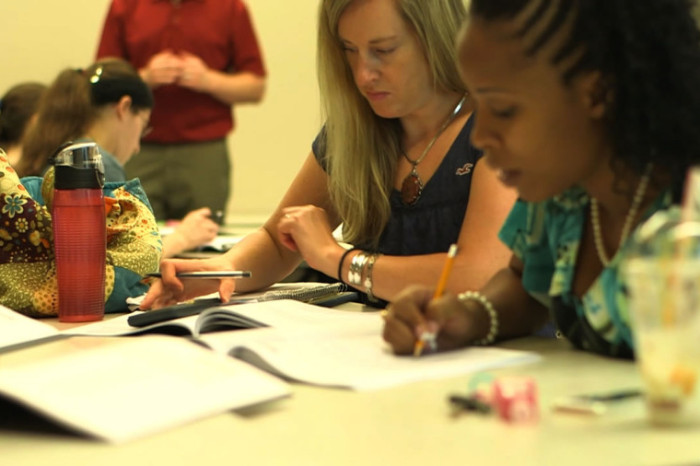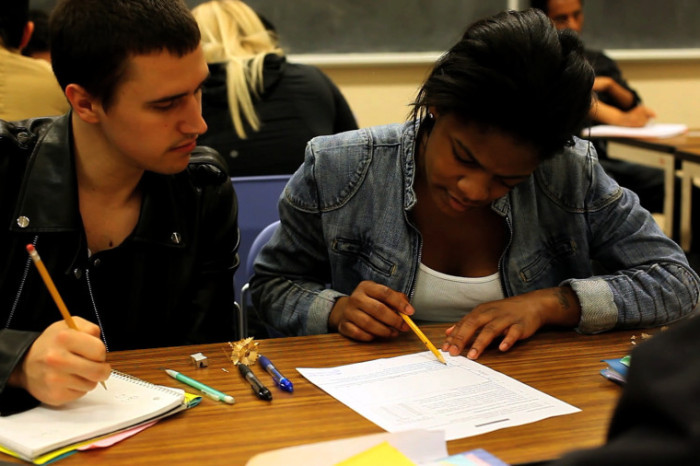Students’ beliefs and mindsets about mathematics are major factors in determining students’ success in math. So, too, are the tasks and the teaching that students experience in their math classrooms. Traditionally, schools and mathematics classrooms have inadvertently fostered mindsets and created experiences that have negatively impacted students.
At the 2015 Pathways National Forum, keynote speaker Jo Boaler—a professor at Stanford University whose work focuses on mathematics education reform—discussed the importance of promoting a growth mindset in math classrooms. Boaler suggested that, despite evidence to the contrary, certain myths and messages about mathematics persist in classrooms nationwide.
“The big elephant that’s standing in some math classrooms is the belief that only some kids can be good at math,” said Boaler. “Kids believe it, parents believe it, and teachers believe it.”
But brain research suggests otherwise. Numerous studies have suggested that the brain has the ability to develop and change in meaningful and lasting ways—an idea termed brain plasticity. The implications, Boaler says, are dramatic for students’ ability to learn math.
“Every child can excel in math, all the way up to the highest levels of high school, with the right messages and the right teaching.”
The importance of math tasks and math teaching on students’ growth mindset
While teachers can provide growth mindset interventions and present the research on brain plasticity to their students, that likely won’t have a lasting impact on students’ mindsets about mathematics according to Boaler. Which begs the question: how do schools and teachers promote growth mindsets in math classrooms?
Boaler suggests the tasks students are given in math classrooms play a vital role.
“If [students] go back into math classes where math is a series of closed questions that they get right or wrong, they quickly abandon those [ideas about growth mindset],” Boaler said in her talk. “Those questions transmit fixed ideas about math.”
Closed questions that students are meant to answer correctly under pressure are particularly problematic, according to Boaler. These often take the form of timed math quizzes that see students try to complete as many closed math questions as possible in a short period of time.
“We have to stop associating math with speed,” suggested Boaler. “When we do that, we discourage the deep, slow thinkers.”
So what does Boaler recommend?
Providing students in math classrooms with open questions that give students the space and time to make and learn from mistakes provides students opportunities to understand math deeply. This has implications for how teachers should handle those mistakes to promote a growth mindset. According to Boaler, teachers should embrace mistakes and create a classroom environment that openly values those mistakes.
Providing students with open questions also gives them the opportunity to solve tasks with a variety of representations—something Boaler says has a profound impact on students’ brain activity. When students use numbers to solve problems, certain pathways in the brain “light up,” and when students use visual representations, different pathways activate.
Activating these brain pathways has a profound impact on learning, according to Boaler. “When [students] deal with math using those different pathways, they’re learning it more powerfully every time.”
‘Rich mathematics experiences’ and student empowerment
The impact of providing students with what Boaler calls the right messages and the right teaching in math goes beyond performance in test scores. Students can see the impact, too.
“When we interview students who’ve had […] richer math experiences—experiences with the right teaching and the right messages—they say things like, ‘I’m open, I feel alive,’” said Boaler. “When we give kids these experiences, we give them intellectual empowerment.”
November 23, 2015
In a recent article, Carnegie Corporation of New York's Kathryn Baron outlined the development, success, and future of the Community College Pathways. Drawing on student and faculty experiences, the article highlights supporting students' mindsets.
January 10, 2016
In “Proof,” Policy, and Practice: Understanding the Role of Evidence in Improving Education, Paul E. Lingenfelter discusses differing ideas around what is considered “proof” of improvement in education and how to make it more actionable.










